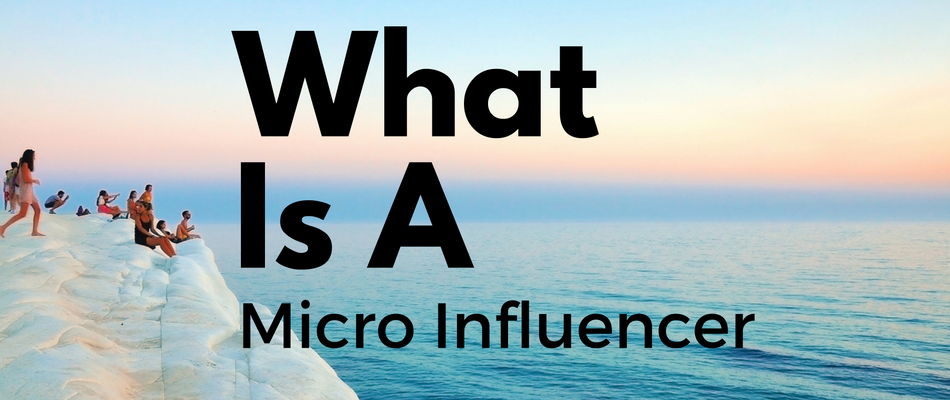Influencer Marketing is one of the hottest trends in the world of marketing. If you aren’t familiar the official definition of Influencer marketing is “is a form of marketing that has emerged from a variety of practices and studies, in which focus is placed on specific key individuals (or types of individual) rather than the target market as a whole.” This is the Wikipedia definition (https://en.wikipedia.org/wiki/Influencer_marketing).
One reason I think this is one of the most popular forms of marketing is that it’s the new digital word of mouth marketing. It’s not content that you are producing and pushing out. Industry influencers are creating it and sharing content they create about your brand with their followers. It has a big more authority and authenticity for people reading over traditional advertising.
Like all marketing efforts, you need to define why you want to do influencer marketing and what your goals you want to accomplish. To do an influencer marketing campaign you need a good or service that people are interested in buying. This one is pretty easy. We all should have something our consumers will want. Next, there has to be a sufficient following on the internet for your type of good/service. For example, if you make sock monkeys, you will want to get with sock monkey lovers and experts. This is not a huge market but should have sizable people who are interested in them. However, if you have a very narrow focus or niche product there may not be many people talking about it on the net.
What should your goals be? I have found for most small businesses there will be one of three goals. They are Branding (Brand Awareness), Traffic and Sales. These are the basic for most B2C companies. If you are in a B2B industry you may put in Lead Generation as well. For this series, I’m going to focus on B2C. I will also bring in examples of Brand Ambassador programs I have created.
Branding/Brand Awareness – Influencer Marketing is great for branding. It allows people who follow influencers to find out more about your product. It could be people who have never heard of your brand, those somewhat familiar or brand loyal customers. The downside to a Brand campaign is you will see very little ROI. You are spending money to reach new people and tell them about why they should be using your brand.
Traffic – Traffic and sales are very similar. You want the influencer to help drive traffic to your site or landing page. This is helpful if you want to get people to download a white paper, sign up for an email list or some other task with a low barrier to entry. This also would be a good place to put lead generation as well.
Sales – If you have consumers who know about your brand you may focus on sales. This would have the influencer to help generate sales. This could include passing along coupon codes, talking about new products or improvements to current products. These are just a few examples. There are many more things you can do in this category.
Once you set your goals and purpose. You need to move on to Step 2 – Finding Influencers online. This series is a basic overview of an Influencer Marketing program



